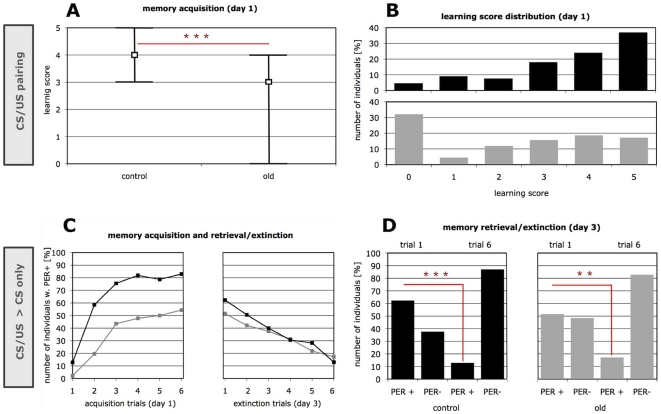Figure 1. Acquisition, memory retention and extinction in old forager bees as compared to mature controls.
The foraging durations in the two test groups were either less than 10 days (control) or longer than 15 days (old). (A) The learning performance in the old group was significantly reduced, as compared to the mature controls. Higher LS (up to LS = 5) indicate good learning performance, while lower LS indicate positive responses to the conditioned stimulus (CS, carnation oil) only in few or none (LS = 0) of the CS-US pairings. The graph shows medians and interquartile ranges with n = 133/134 for control and old, respectively. (B) Reduced learning performance in the old group is contrasted by increased performance heterogeneity (F = 1.65, p = 0.002, df1 = 132, df2 = 133, F-test; compare also interquartile ranges in A). Histograms of individual learning scores with n = 133/134 for control and old, respectively). (C) Acquisition, memory retention and extinction. To test acquisition a subset of bees was subjected to 6 CS-US pairings on day 1 (left). On day 3 bees were presented 6 times with the CS alone for testing memory retention (1st trial) and extinction (response decay in the 6th as compared to 1st trial). The y-axis displays the percentage of individuals that responded to the CS by extending the proboscis (PER+). Day 1 with n = 94/92, day 3 with n = 85/64 for control and old, respectively. Differences in individual numbers between day 1 and 3 are mainly caused by mortality, specifically affecting the group of old foragers. (D) No significant difference in memory retention was detected when comparing the response of the two age groups to the first CS only presentation (n = 85/64 for control and old, respectively). After six extinction trials, PER- individuals do not respond to the learned CS-US association, and thereby show extinction. While response decline after extinction trials was less significant in the old group, a direct comparison of both groups does not reveal a significant age affect for extinction of olfactory memory (for details see results section). Asterisks in A, B, D denote significance (A, Chi-square; B, Mann-Whitney U; D, McNemar χ2).

